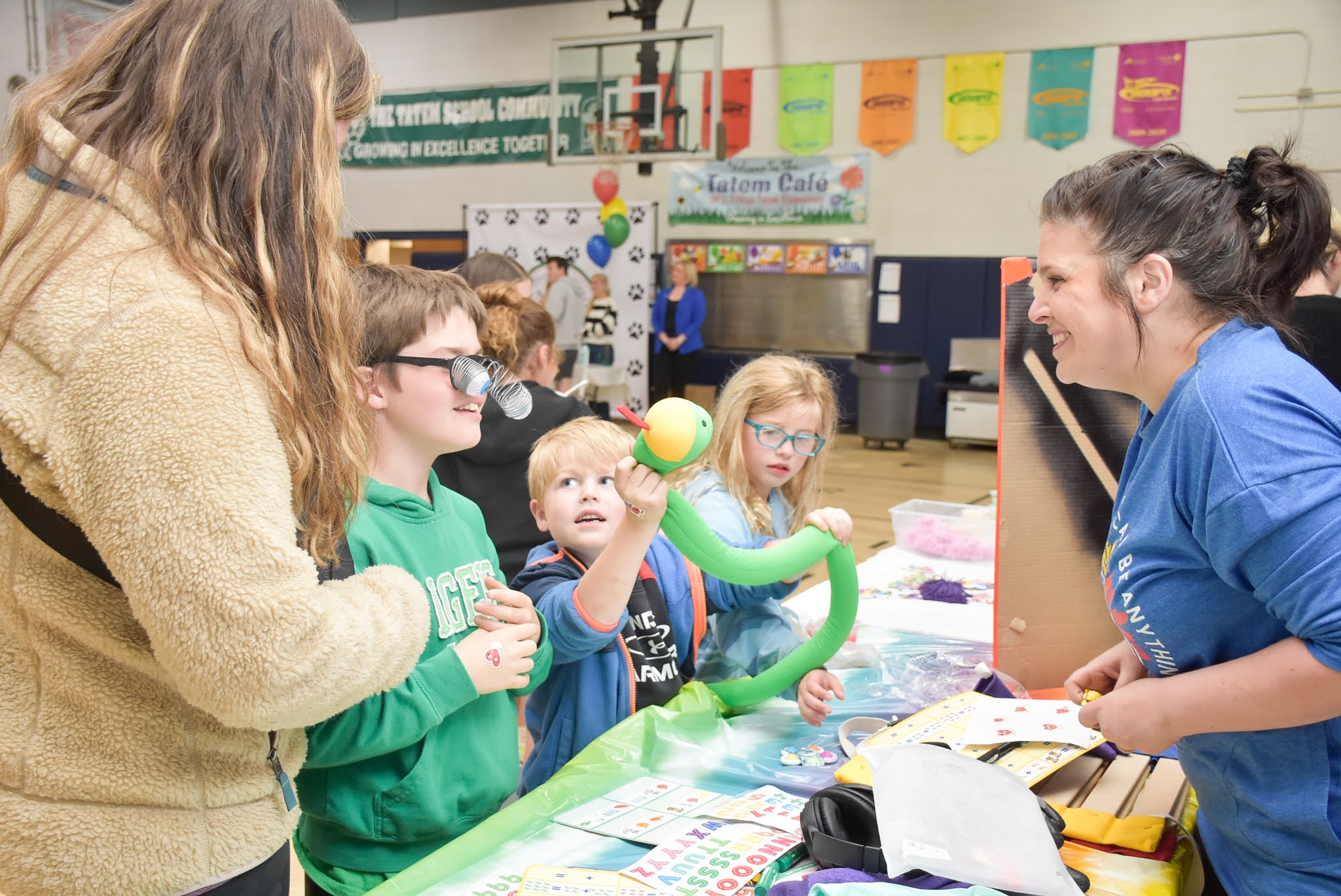
The Haddonfield Special Education Parent Advisory Group (SEPAG) and Tatem Elementary School’s PTA hosted their first autism awareness expo on April 25.
“The intent behind this autism expo is to create more awareness and understanding, while also giving families the tools to know how to include and interact with families impacted by autism,” said Nancy Sullivan, a parent lead for SEPAG whose son has special needs.
The event featured a morning presentation for students and interactive stations in the evening. Stations included tables with sensory and fidget toys; a place where attendees could make art; books on autism; and a wall where people could share their reflections on what families with autism want people to know, what they learned and how they can be inclusive and accepting.
The stations were staffed by service specialists such as speech therapists, occupational and physical therapists and special education teachers who could help teach where needed.
Nousheen Yousuf-Sadiq – the diversity, equity and inclusion chair of Tatem’s PTA and the mother of a child with special needs – noted that another goal of the expo was to improve social interaction between children, regardless of their backgrounds or differences, to help them socialize, feel accepted and develop lifelong friendships.
“I want to recognize that our kids are working really hard to live in their bodies and live in a world that doesn’t accommodate them,” she explained. “ … I want people to be able to learn about autism from a first-person perspective and realize we’re more alike than different.”
“Autistic kids aren’t that much different than (other) kids,” said Sullivan. “It’s just some of the senses we struggle with, some kids might struggle a little more with.”
Sullivan gave a presentation to Tatem students at the expo, explaining that although all people experience the different senses, those with autism may do so differently. To demonstrate that, a volunteer student competed with Tatem’s tiger mascot Metat to peel off stickers of math problems.
While the student did that easily at first, it became more difficult when gloves were added or when the audience made loud sounds in the background. It was also difficult for Metat, as his paws were too big to peel.
“The activity was to show that something so easy for one person can be extremely hard for someone on the spectrum, because the way their brain is taking in information is different,” Sullivan noted.
Sullivan has helped to educate the community on autism during her 18-year-old son’s life by teaching his classmates about the differences and inclusions and having similar types of programs on a small scale. When her son needs a break to self-regulate or to move around, he learns how to ask for one.
“I will not change my son for the world, but I will do everything in my power to change the world for my son,” Sullivan remarked. “So I try to educate the people around him to let them know why he’s doing certain things and why it’s affecting him.”
If someone touches him in the cafeteria and he goes off, she said, it might not make sense, but when they understand he’s also fighting the smells and sounds of the cafeteria, it becomes more understandable.
“At least if you have their peers that are understanding about that and don’t make them feel like less than a person because their brain reacts to the world differently, it will at least make that portion of living life easier,” Yousuf-Sadiq said.











